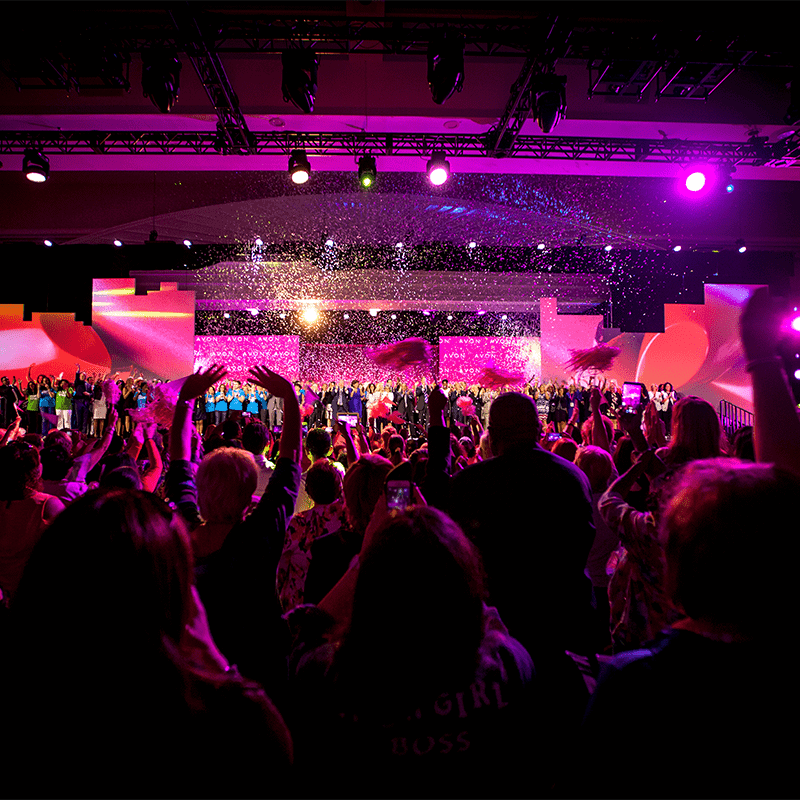Highlighting the Influence of Illumination Techniques on the Craft of Film Projection Mapping Techniques
Video mapping projection is an exciting art medium that combines technology and innovation to convert common spaces into remarkable visual exhibits. This technique entails projecting images and footage onto three-dimensional elements, such as buildings, sculptures, or platforms. One of the key significant elements in creating effective mapping in the use of efficient lighting techniques. Proper illumination improves the visual components of the display and ensures that the visuals are clear and captivating. This article examines the impact of illumination techniques on video mapping and how they can elevate the complete experience.Illumination plays a crucial part in video projection because it sets the atmosphere and tone of the exhibit. Different lighting techniques can elicit various feelings and responses from the viewers. For example, using soft, warm illumination can create a inviting environment, while bright, cool lights may produce a more energetic or intense effect. By thoughtfully choosing light hues and brightness, creators can influence how viewers interpret the projected images, leading to a more immersive experience. The balance between mapping brightness and ambient illumination is crucial, as it can significantly affect the visibility and effect of the visuals.
In addition to, color and brightness, the angle of illumination also affects the effectiveness of mapping. Illumination from different directions can create shadows and accents that add depth to the mapped visuals. This method, known as chiaroscuro, can improve the three-dimensionality of the objects being mapped. Furthermore, using moving lights can introduce dynamism to the exhibit, making the encounter more engaging for the viewers. When the light collides with the mapped images, it can produce an effect of movement and change, capturing the viewers' focus.
Another important element of illumination in mapping is the use of unique features. Methods such as patterned illumination, which uses patterns and forms to project light, can introduce texture and complexity to the mapping. This method allows artists to layer images and produce visually stunning effects that complement the projection. Moreover, adding laser lights or light-emitting diode illumination can video projection installation techniques further improve the display, offering a unique mix of sight components that attract the viewers in. These unique effects, when used thoughtfully, can elevate the projection beyond a simple display to an engaging piece of creativity.
In summary, the influence of illumination methods on video projection is profound. By comprehending how various illumination components connect with mapped images, artists can create captivating experiences that resonate with viewers. The thoughtful choosing of hue, brightness, direction, and special features enables for a vivid tapestry of visual storytelling. As technology advances to link evolve, the possibilities for creative expression in projection will only grow, making lighting an ever-important component in this progressive creative form.
